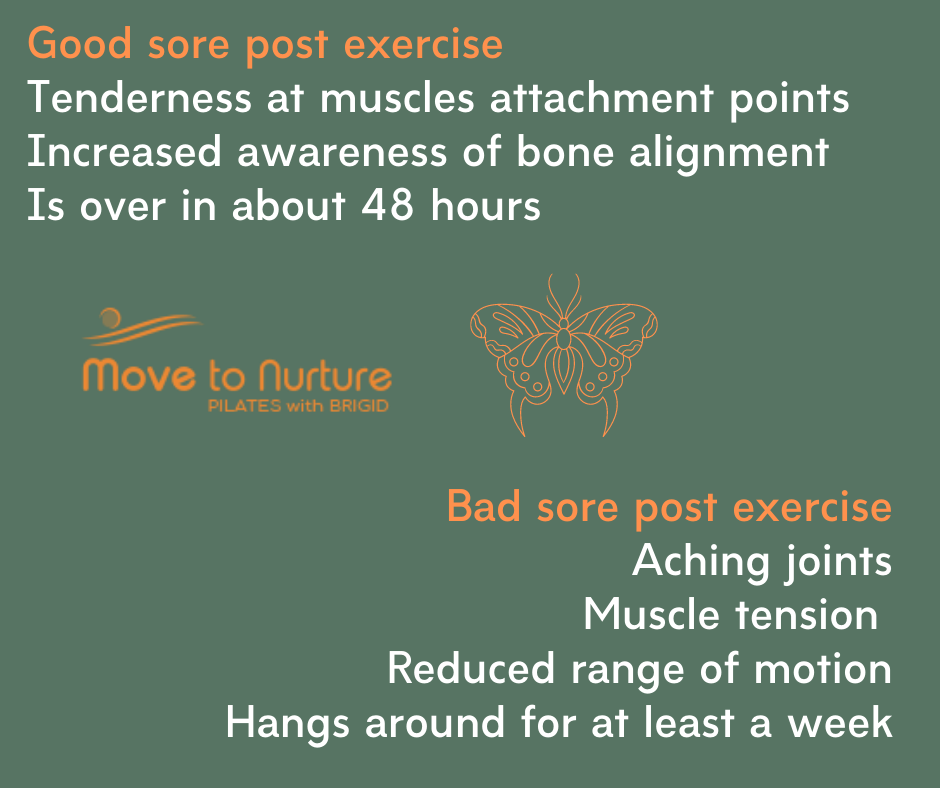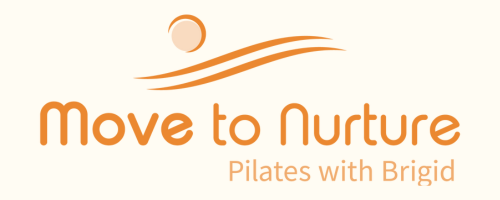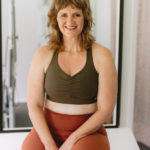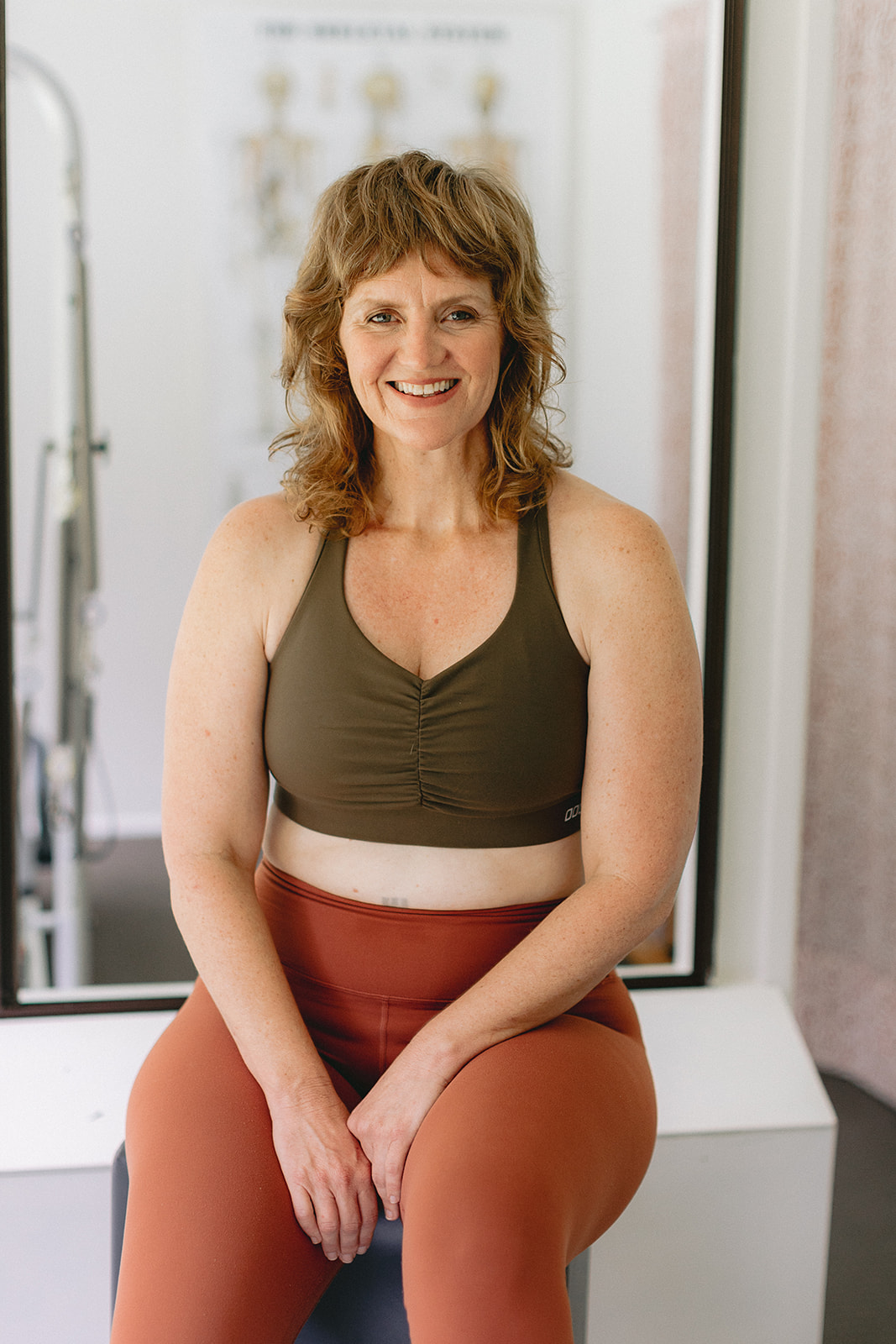Well it depends. I often say there is ‘good sore’ and then there is ‘bad sore’ after exercise. And there is a difference. Often people love to feel sore after exercise. It is a sign that they have worked hard and that the exercise has been effective. BUT some sensations of pain are actually our bodies telling us that what is are doing is not good for us. So how do you tell the difference between pain that is evidence of a good work out, and pain that is telling us we have gone too far or we could be doing long term damage?

One way to look at it is this: there are some areas / muscle groups in your body that get overlooked in everyday movement. For example, our butt muscles (gluteals) and the backs of our legs (hamstrings) don’t get much work in our current lifestyle. With a lot of sitting (for eating, driving and desk work) our hamstrings and gluteals can become weak and sometimes very tight. The front of our legs (quads and hip flexors) become dominant and stronger. Then when we go to exercise this pattern is just reinforced, the stronger muscles get stronger and the weaker muscles stay as is.
When you go to a work out and come away feeling tender the next day in your butt muscles (gluteals) and the top of the back of your legs (top of the hamstrings) this is a good sign. These are muscles that for most of us need to be targeted to get them working to rebalance our bodies from a lifestyle with a lot of sitting.
There are other areas of our bodies where the muscle groups are deeper (closer to the bones), smaller and have very specific jobs. For example the Multifidis and back extensor muscles. These muscles respond to micro and macro shifts of weight in our skeleton to stabilise the spinal column. If you came away from a work out with aching in the lower back this would be a warning bell. Yes sometimes these muscles get fatigued and there is no harm in having a little ache in your lower back but if this is a regular thing it shows that these small deep muscles are picking up the slack of other muscle groups that should be doing the work. Regular pain in your lower back after exercise shows that you are reenforcing a muscle group imbalance in your body rather than fixing it.
Another area that rings warning bells is your neck. If you are regularly feeling strain in your neck when you are exercising there is no benefit to you in pushing through this pain. By pushing into neck strain all you will achieve is a pattern that results in a tight sore neck.
Here are my tips to tell the difference between ‘good sore’ and ‘bad sore’:
- What is it? Is it muscle, joint or nerve pain? Joint and nerve pain is not productive pain – there is no gain you will get from this kind of pain in your body. Some muscle pain can indicate increase engagement and strength.
- Where is it? Backs of the arms and legs or the butt? Abdominals, particularly deep abdominals (just above the pubic bone)? These are usually good places to feel muscle soreness after exercise. Lower back, neck, calfs, wrists, shoulders – not so good.
Pain after exercise does not necessarily equal gain. Be mindful when you have pain after exercise. Ask yourself these questions to check whether your pain is telling you about imbalances in your body that could get worse over time. Or is the pain a result of working the right muscles to support the alignment of your skeleton?
I am Brigid Pearse a certified Pilates instructor and ex-dancer. I run a fully equipped Pilates studio from my home in Lennox Head and I run community Pilates mat classes in Byron Bay, Ballina and online. To receive regular body wisdom sign up below.






0 Comments